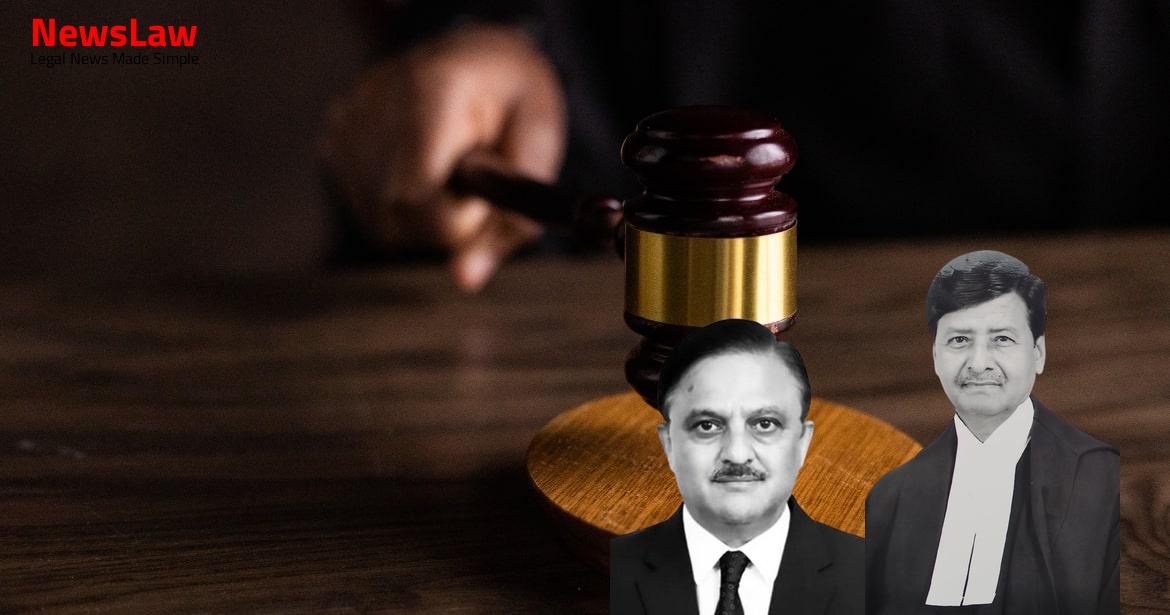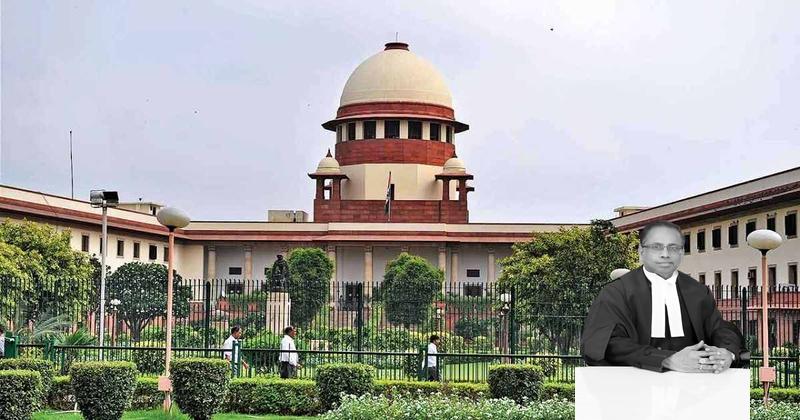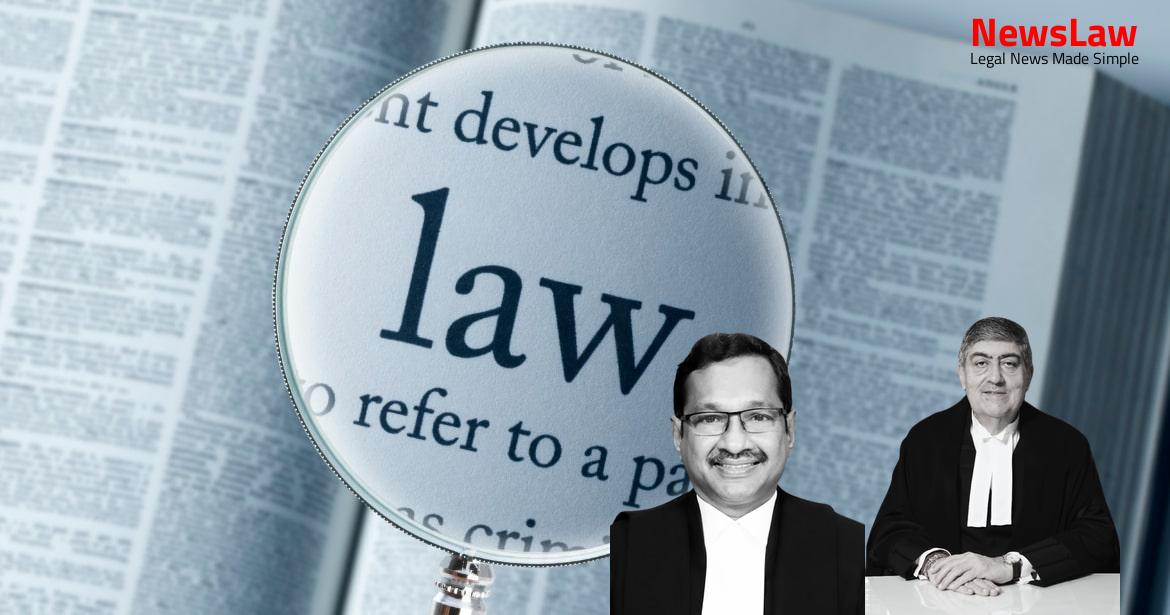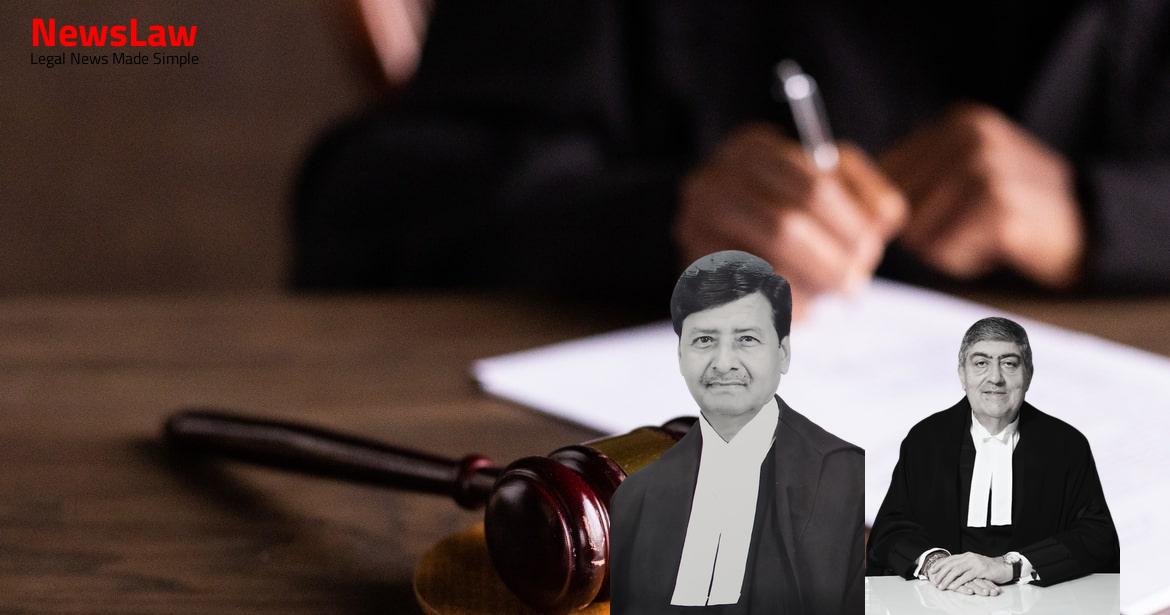Exploring the legal intricacies of a recent assault and homicide case, this summary focuses on the court’s meticulous analysis and application of relevant laws. Understanding the nuances of culpable homicide versus murder based on the evidence presented. The post sheds light on how the court evaluated the intention and actions of the accused, ultimately leading to a significant legal verdict.
Facts
- The body of the deceased had wounds crossing through sternal notch to the back side of the ear.
- The body was thrown into a canal with attached bricks to weigh it down.
- Injuries included ruptured muscles of the neck, food pipe, and lungs.
- The accused physically assaulted the victim, leading to severe injuries.
- Medical examination revealed visibility of bones due to skin rupture in various parts of the body.
- The cause of death was attributed to injuries on vital organs resulting in excessive bleeding and shock.
- The accused threatened witnesses to keep the incident secret.
- Post-assault, the accused disfigured the victim’s body to prevent identification.
- Autopsy findings detailed multiple bruise marks, fractured bones, and ruptured organs.
- The accused attempted to conceal the crime by mashing the victim’s face and intimidating witnesses.
- The injuries sustained were extensive and severe, leading to the victim’s death.
- The sequence of events involved transportation of the victim and subsequent assault.
- Efforts to seek help from a doctor and family members were made, but the victim succumbed to injuries.
- Accused were involved in the acts leading to the victim’s demise and subsequent attempts to hide evidence.
- Accused were sentenced to undergo imprisonment for life for the offence punishable under Sections 302 read with 149 of IPC.
- The conviction of the accused for the offence punishable under Sections 302 of IPC was brought down to the offence punishable under Section 304 Part II of IPC. They were sentenced to undergo rigorous imprisonment for 8 years.
- Accused were convicted for offences punishable under Sections 147, 364, 201 and 329/149 of IPC.
- High Court observed that since the accused took the deceased to a doctor, there was no intention on their part to kill the deceased.
- Accused appealed against the Sessions Court judgment to the High Court of Rajasthan.
- All sentences were ordered to run concurrently.
Also Read: Recovery of Misappropriated Temple Funds: Court’s Legal Analysis
Issue
- The only question to be decided is whether the offence of culpable homicide not amounting to murder is made out.
Also Read: Balancing Justice: Bail in Prolonged Incarceration Case
Arguments
- The counsel for the petitioner argued that the injuries on the deceased were on vital parts of his body, including the liver.
- None of the exceptions to Section 300 of IPC were deemed applicable.
- Before disposing of the body in a canal, the deceased’s face was severely damaged by the accused.
- The counsel challenged the conviction under Section 302 of IPC, suggesting it should be under Section 304 Part II instead.
- Injuries such as fractured ribs and a ruptured right lung were highlighted to support the argument.
- It was argued that ‘thirdly’ in Section 300 of IPC should be applicable due to injuries on vital organs causing excessive bleeding and shock leading to death.
- Dr. Manish Singhvi, representing the State of Rajasthan, supported the appellant’s stance
- It was argued that no weapons were used in the attack on the deceased, indicating lack of intention to kill
- The High Court’s decision that the offence did not amount to murder under Section 302 was supported
- The accused did not challenge their participation, focusing on reducing the offence to Section 304 Part II
- The respondents-accused maintained their stand as argued before the High Court for acquittal
- The fact that the accused took the deceased to a doctor and had tea with a relative was highlighted to show lack of intention to kill
- Gp. Capt. Karan Singh Bhati pointed out the absence of evidence showing the use of objects like iron rods and sticks to assault the deceased
Also Read: Land Valuation Dispute: High Court’s Legal Analysis
Analysis
- The High Court overlooked the presence of injuries on vital parts of the deceased’s body.
- The prosecution needs to establish four elements for the offence to be considered murder under S. 300, ‘Thirdly’.
- The intention to cause death is not necessary if the injury is sufficient to cause death in the ordinary course of nature.
- The High Court erroneously accepted the claim that the offence was culpable homicide not amounting to murder.
- The cause of death was excessive bleeding from injuries on vital parts like the right lung and liver.
- Evidence pointed towards the accused having assaulted the deceased.
- Reference to the case of Virsa Singh v. The State of Punjab for legal precedence.
- The prosecution must prove intention to inflict bodily injury for ‘thirdly’ in Section 300.
- The injuries on vital parts causing death in the ordinary course of nature were established.
- The exceptions to Section 300 did not apply in this case.
- The third element of intention to inflict bodily injuries was found to be present.
- Evidence suggests that the injuries were not accidental but intentional.
- The clause ‘thirdly’ of Section 300 applies in this case.
- The lack of intention to kill is not relevant to the facts of the case.
- The injuries found by PW3 on the deceased’s face indicated intentional harm by the accused.
- Culpable homicide is defined in Section 299 of the Indian Penal Code.
- Exceptions to culpable homicide include instances where the offender, in good faith, exceeds the power given by law in the exercise of the right of private defence or in the discharge of duty as a public servant.
- It is not murder if the offender acts without premeditation in a sudden fight in the heat of passion, or if the act is done with the intention of causing bodily injury likely to cause death.
- The prosecution must establish certain facts to bring a case under Section 300 of IPC, which defines murder.
- The determination of whether the provocation was grave and sudden enough to prevent the offence from amounting to murder is a question of fact.
- High Court’s view that the offence under Section 300 was not made out is deemed incorrect based on the evidence.
- The accused was rightfully convicted under Section 302/149 of IPC by the Additional District and Session Judge.
- The High Court erred in applying Section 304 Part II of IPC.
- The High Court’s judgement is to be set aside, and the Session Court’s decision restored.
- The accused seeking refuge with a common relative after the crime does not assist their case.
Decision
- The Judgment and order dated 26 September 2011 in Session Case No.04/2006 is restored.
- The substantive sentence and fine imposed for the offence under Section 302/149 of IPC are restored.
- If the accused fail to surrender within six weeks, the Trial Court will take action to arrest them.
- The appeal is allowed by setting aside the High Court’s Judgment dated 18 July 2016.
- Accused are directed to surrender before the Trial Court within six weeks from today.
Case Title: VINOD KUMAR Vs. AMRITPAL @ CHHOTU (2021 INSC 802)
Case Number: Crl.A. No.-001519-001519 / 2021



